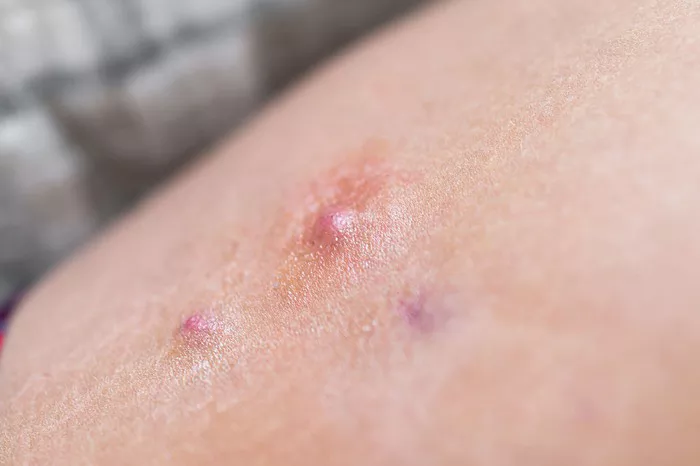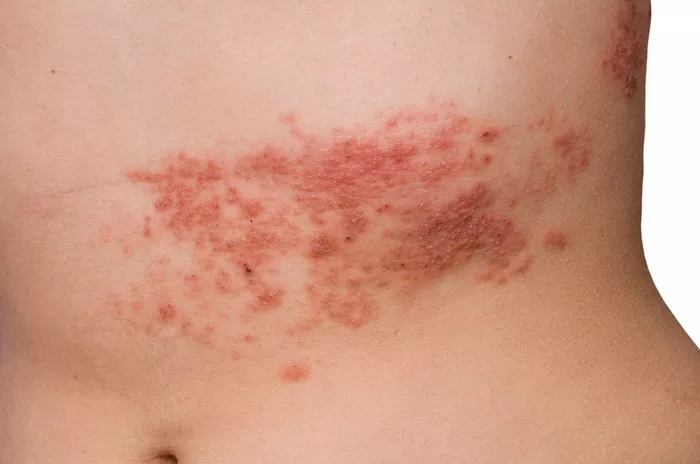Hidradenitis suppurativa (HS) is a chronic skin condition characterized by painful, inflamed lesions in areas where skin rubs together, such as the armpits, groin, and buttocks. These lesions often lead to scarring, which can be emotionally distressing for those affected. While HS scars may seem challenging to treat, various options and strategies exist to help improve their appearance and alleviate discomfort. In this article, we delve into the causes of HS scars, explore available treatment options, and discuss practical strategies for managing and reducing the visibility of scars associated with this condition.
Understanding Hidradenitis Suppurativa Scars
To effectively address HS scars, it is essential to understand the underlying condition. HS develops when hair follicles become blocked, leading to inflammation and the formation of painful nodules, abscesses, and tunnels beneath the skin’s surface. The repeated cycles of inflammation and healing can result in scarring, which may range from shallow depressions to deep, raised keloids.
The severity of HS scars varies among individuals and can have a significant impact on quality of life, self-esteem, and mental well-being. Managing these scars requires a multifaceted approach tailored to the specific needs of each patient.
Treatment Options for HS Scars
1. Topical Treatments:
Topical treatments, such as silicone gels or sheets, may help improve the appearance of HS scars by hydrating the skin, reducing inflammation, and promoting collagen production. These products are typically applied directly to the scarred area and can be effective, especially for newer scars.
2. Injectable Treatments:
Injectable corticosteroids or other medications may be administered directly into HS scars to reduce inflammation and flatten raised scars. This approach can be particularly beneficial for keloid scars, helping to soften and flatten them over time.
3. Laser Therapy:
Laser therapy, including fractional laser resurfacing and pulsed dye laser treatment, can target HS scars by stimulating collagen production and reducing redness or pigmentation. Laser therapy may help improve the texture and tone of scarred skin, leading to smoother, more even results.
4. Surgical Interventions:
In severe cases of HS scarring, surgical intervention may be necessary to remove scar tissue, drain abscesses, or repair damaged skin. Surgical techniques such as excision, skin grafting, or tissue rearrangement can help improve the appearance and function of scarred areas, although they may be associated with risks and longer recovery times.
5. Medical Management of HS:
Effective management of HS itself can also indirectly help reduce the formation of new scars and improve the appearance of existing ones. This may involve lifestyle modifications, such as maintaining a healthy weight, avoiding tight clothing, and practicing good hygiene habits. Additionally, medications such as antibiotics, retinoids, or biologics may help control inflammation and prevent new lesions from forming.
Strategies for Scar Management and Prevention
In addition to medical treatments, several practical strategies can help individuals manage and reduce the visibility of HS scars:
1. Scar Massage:
Gentle massage of HS scars with moisturizing creams or oils can help soften scar tissue, improve circulation, and promote healing. Regular massage may gradually improve the texture and flexibility of scarred skin.
2. Sun Protection:
Protecting scarred skin from sun exposure is essential to prevent further damage and discoloration. Using sunscreen with a high SPF and wearing protective clothing can help minimize the risk of hyperpigmentation and worsening scar appearance.
3. Scar Camouflage:
Cosmetics, such as camouflage makeup or self-tanning products, can be used to conceal the appearance of HS scars temporarily. These products provide an effective way to boost confidence and minimize the visibility of scars in social or professional settings.
4. Support Groups and Counseling:
Dealing with the emotional impact of HS scars can be challenging, and seeking support from peers or mental health professionals can be invaluable. Joining support groups or attending counseling sessions can help individuals cope with feelings of self-consciousness, anxiety, or depression related to their scars.
5. Healthy Lifestyle Habits:
Adopting a healthy lifestyle, including regular exercise, a balanced diet, and stress management techniques, can contribute to overall well-being and skin health. Eating a nutritious diet rich in vitamins, antioxidants, and essential fatty acids can support skin regeneration and minimize inflammation, potentially improving the appearance of HS scars over time.
Conclusion
While HS scars can be persistent and challenging to manage, numerous treatment options and strategies are available to help improve their appearance and alleviate discomfort. From topical treatments and injectable therapies to laser therapy and surgical interventions, individuals affected by HS scars have various avenues to explore with their healthcare providers. Additionally, incorporating practical strategies such as scar massage, sun protection, and support group participation can complement medical treatments and promote overall skin health and well-being. By taking a proactive approach to scar management and seeking support when needed, individuals with HS can enhance their confidence and quality of life, reclaiming control over their skin and self-image.
























